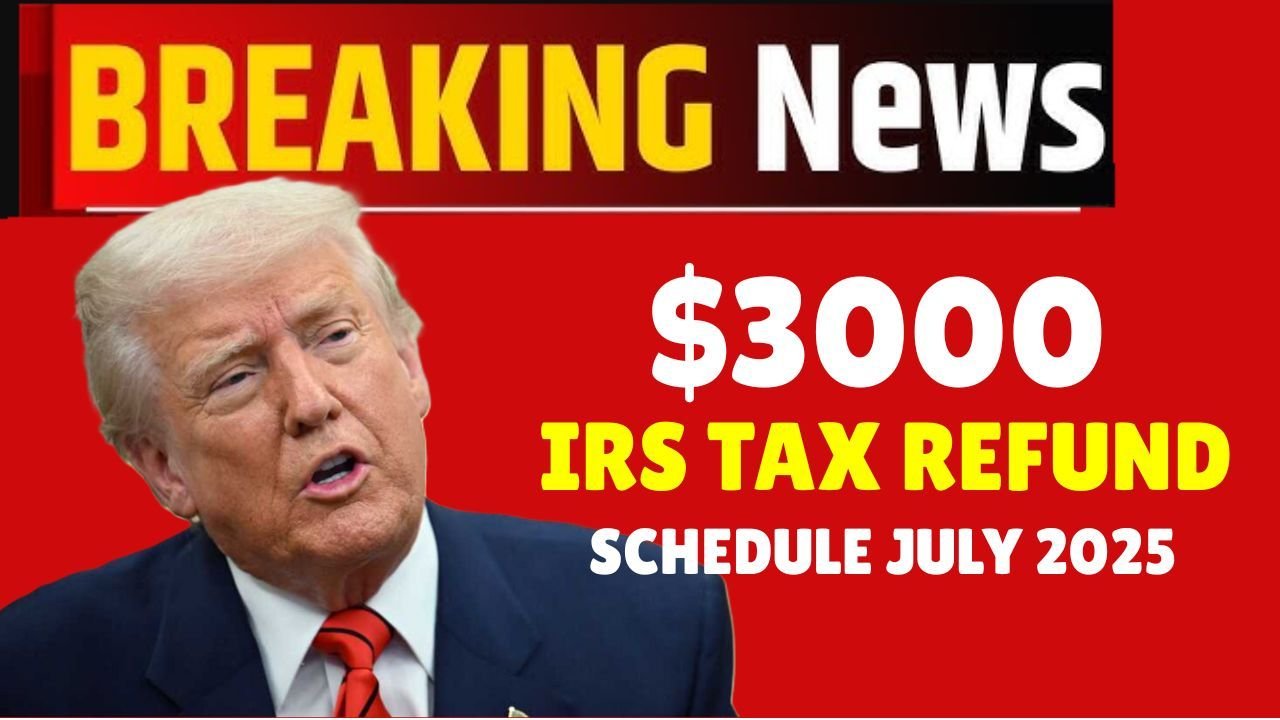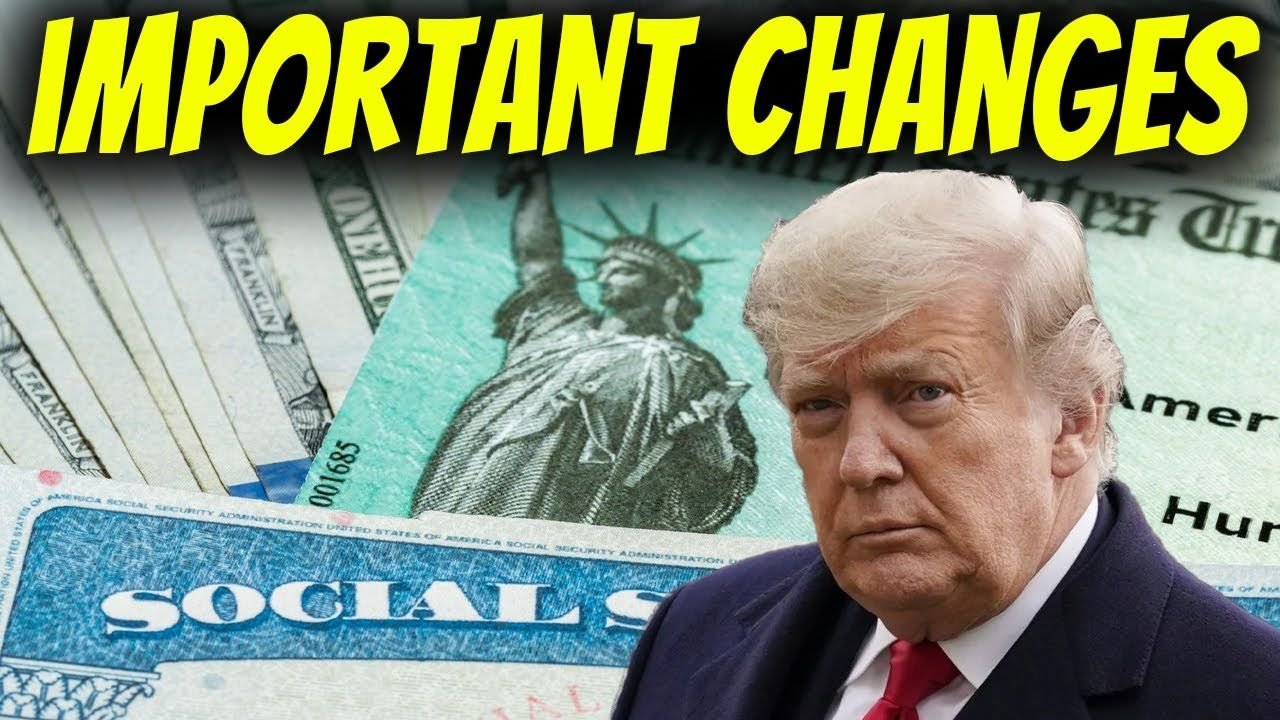IRS $3000 Refund July 2025: The Internal Revenue Service (IRS) is preparing to issue special $3000 refund payments to eligible taxpayers in July 2025. This initiative, part of the agency’s ongoing efforts to correct tax withholdings and credit calculations, could provide substantial financial relief to qualifying individuals and families. Unlike universal stimulus checks, these refunds are specifically tied to tax filings and credit eligibility from 2023-2024.
Who Qualifies for the $3000 Refund?
Eligibility for this refund depends on several key factors related to your recent tax filings:
To qualify, taxpayers must have filed their 2023 federal return and meet certain income thresholds. Single filers earning under $75,000 and married couples filing jointly with incomes below $150,000 may be eligible. The refund particularly benefits those who claimed certain tax credits, including:
- The Earned Income Tax Credit (EITC)
- Child Tax Credit (CTC)
- Education credits
- Those with withholding adjustments
Additionally, taxpayers who received only partial refunds during initial processing may now receive corrected amounts through this program.
Understanding the Refund Components
The $3000 figure represents a maximum potential refund, with actual amounts varying based on individual circumstances. The refund may include:
- Up to $1200 from Earned Income Tax Credit adjustments
- Up to $1000 from Child Tax Credit corrections
- Up to $800 from withholding recalculations
- Various other IRS corrections (up to $1000)
Not all recipients will receive the full $3000 amount, as payments are tailored to each taxpayer’s specific situation.
Anticipated Payment Timeline
While exact dates haven’t been finalized, the IRS has outlined a tentative schedule:
- Refund processing begins: June 14, 2025
- Direct deposits issued: June 20-24, 2025
- Paper checks mailed: June 25-30, 2025
- Payment status tool updates: June 18, 2025
Taxpayers who haven’t yet filed their 2023 returns still have time to qualify if they file by July 30, 2025.
How to Check Your Refund Status
Once processing begins, taxpayers can track their refund through:
- The IRS “Where’s My Refund” online tool
- Their personal IRS online account
- Secure messages from the IRS (if additional review is needed)
To ensure smooth processing, recipients should verify their banking information and mailing addresses are current in IRS records.
Important Financial Considerations
These refunds carry several advantages:
- Not taxable income: The payment won’t affect your 2025 tax liability
- No benefit impacts: It won’t reduce eligibility for programs like SNAP, Medicaid, or housing assistance
- Automatic processing: No additional application is needed for those who’ve already filed
Steps to Prepare
To maximize your chances of receiving this refund:
- Confirm your 2023 tax return is complete and accurate
- Review your IRS online account for any pending issues
- Stay alert for official IRS announcements
- Be wary of scams – the IRS never requests personal information via email or text
This refund initiative represents an important opportunity for eligible taxpayers to receive money they’re rightfully owed. By understanding the requirements and timelines, you can better prepare to receive this potential financial boost.
(Note: This revised version maintains all key information while improving readability and ensuring a neutral, inclusive tone.)








